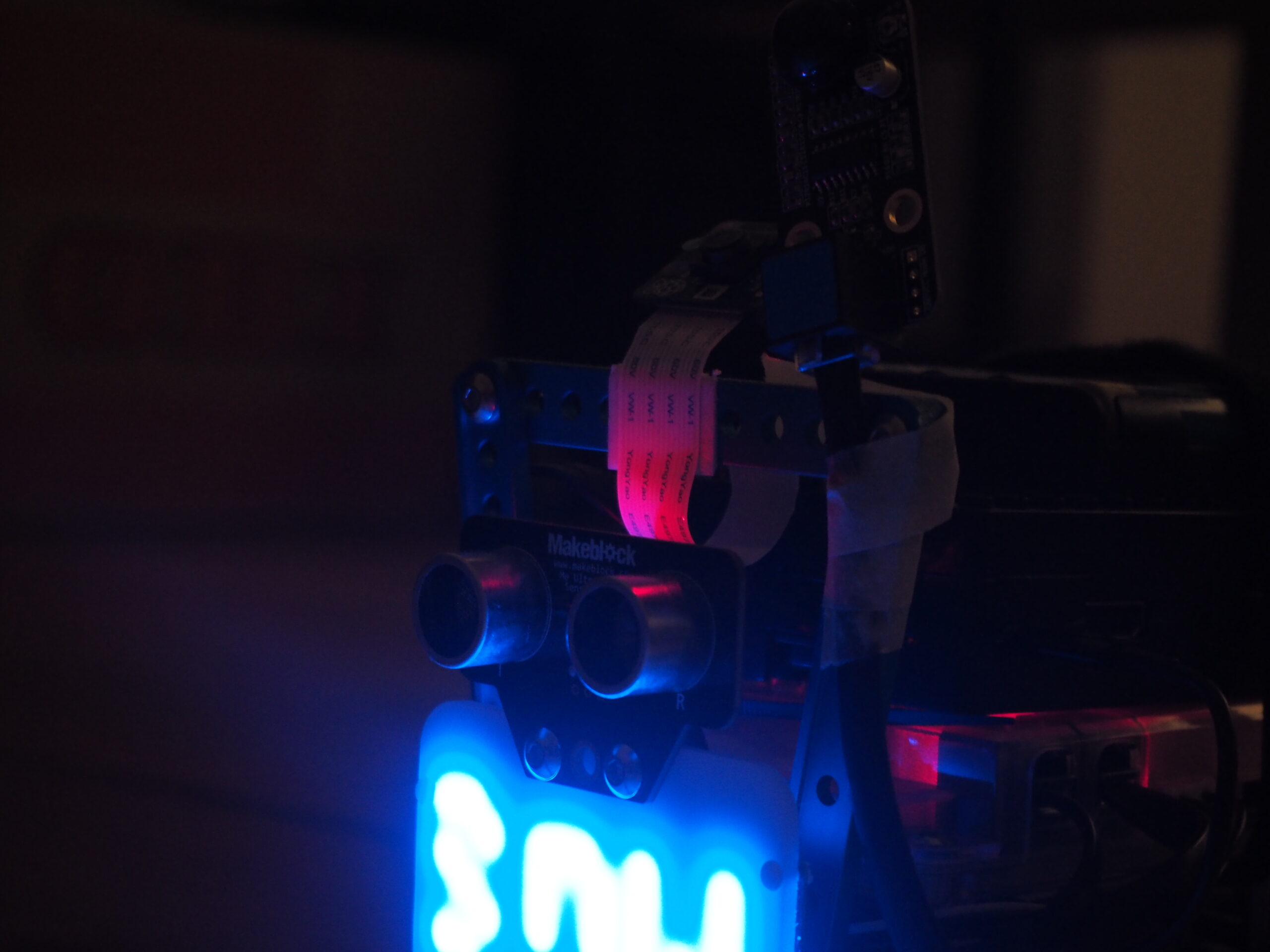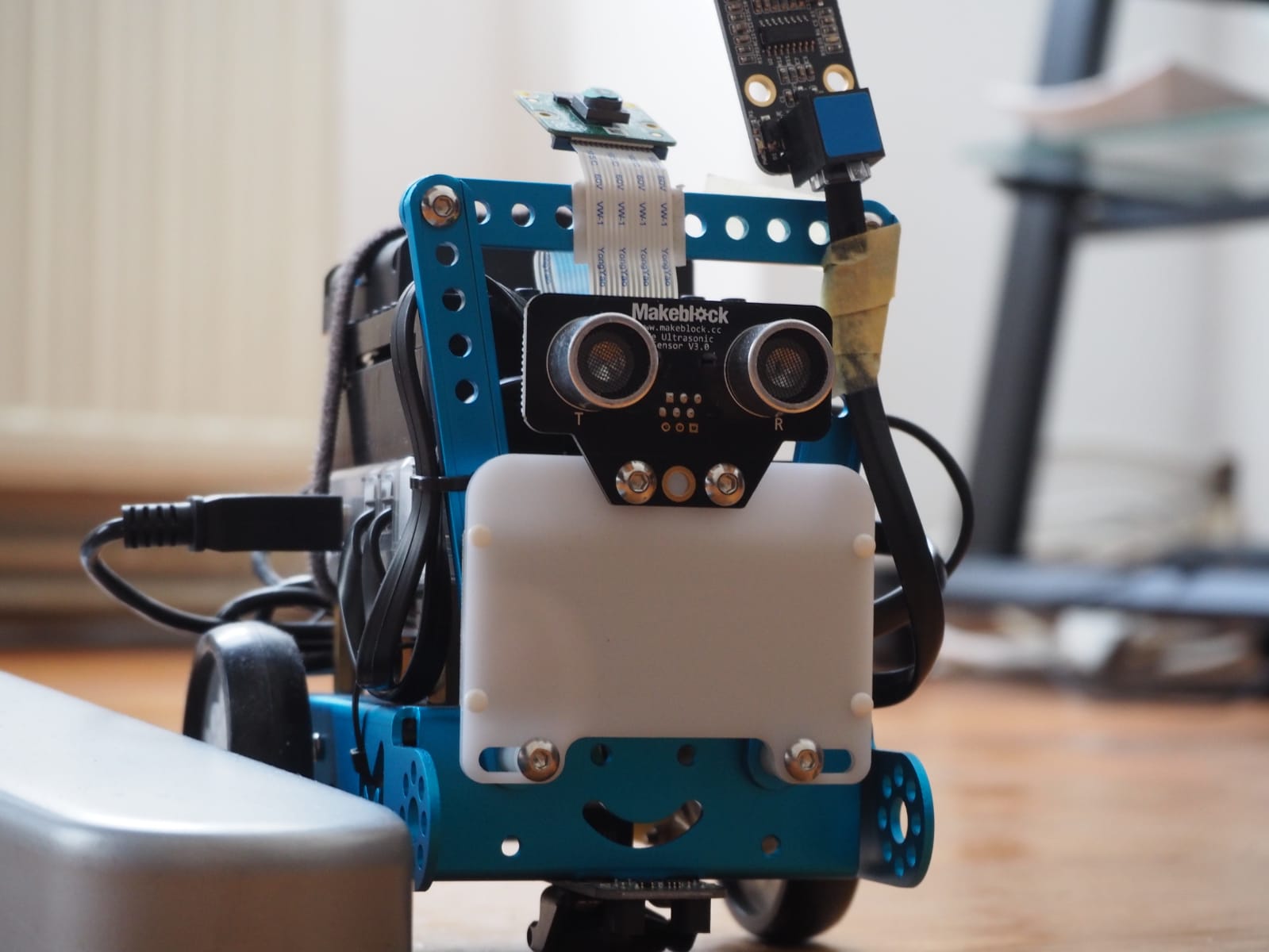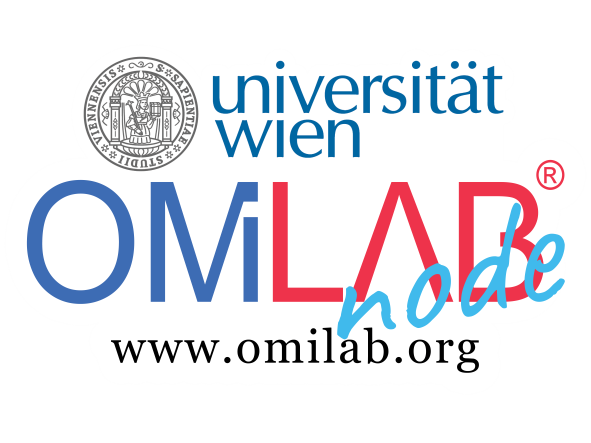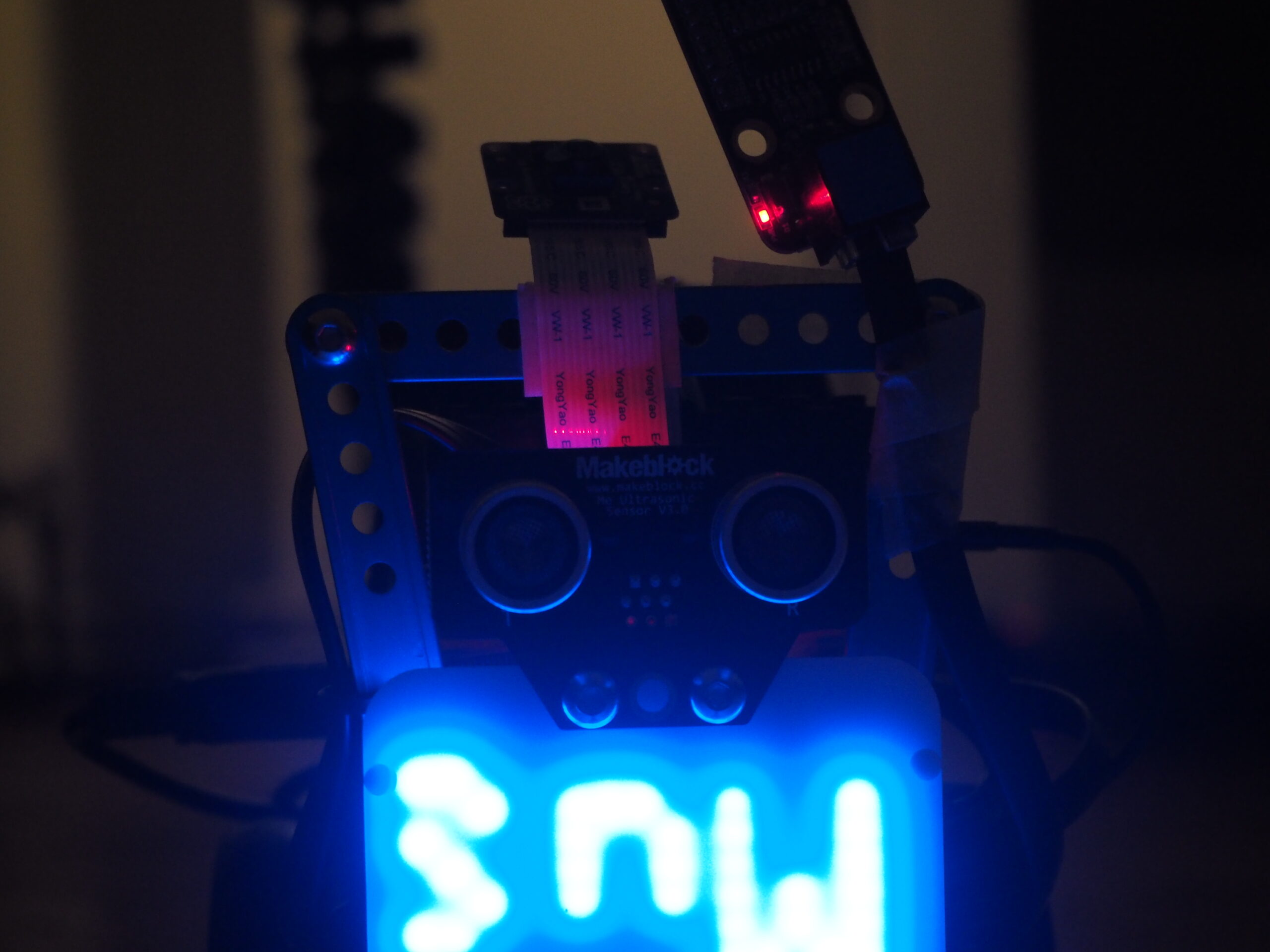Use Case

Economic activity in modernity has always been about increasing efficiency, reducing friction in the polycentric machinery, inventing structures and processes that support those goals. The shape and form of those economic activities are impacted by social and environmental phenomena. With changes in the socially perceived saliency, new shapes become possible and lay the ground for innovations.
In the space of mobility a new awareness of public space distribution, environmental footprints, and an appetite for timely, yet custom solutions have enabled the realization of on-demand mobility concepts that drastically increase the utilization of mobility capacities with a reduced load on public space, while opening up new use-cases and models (use – don’t own).
Going one step further, we propose a variation of on-demand mobility in the space of leisure which further increases utilization of cultural and public offers, in combination with entertainment and utility. This is achieved by integrating information on locations (such as capacities, opening hours, ratings) as well as other environmental factors (weather, time of day) into a new mobility service. Furthermore, an individual’s preferences are considered in the rule-based mechanism, which is built upon a defined ontological model.
In our on-demand leisure mobility concept, self-driving vehicles can suggest intelligent leisure appointments for a ride with a customer based on certain environmental conditions. The vehicles drive around in places with people and look for customers interested in leisure activity. Essentially, the situation of various factors including POI capacity, or weather conditions is constantly monitored. As soon as potential customers are found, the vehicle can provide the prima facie suggestions. Should there be more than one interested person detected by the vehicle, the vehicle will prioritize one of the customers (priority queue). Factors affecting priority include the usage pattern of the service, the age, the customer’s average tip, cancellation behavior, and also their subscription model (such as basic or premium). Once the customer has accepted the vehicle and has been seated, the individual preferences are evaluated to suggest further options to the customer, but they have continued access to the aforementioned general suggestions (based purely on environmental factors).
Environmentally, what is respected are weather conditions, the attractiveness of locations, opening hours, upcoming events, nearby attractions, etc. We understand this as volatile environmental conditions. Those are being read into the vehicles regularly and provide the base understanding of the environment and localities contained in the considered environment.
Individually, user preferences are being evaluated to fine-tune the fit of suggestions to their interests or preferences. Such preferences could be an affinity for culture, food, sports, etc.
Once a destination is set, the vehicle will calculate suggested routes to the destination. For example, there might be the choice between a fast route or a more eco-friendly route which would let them save carbon emissions. The customer can then select the route.
The exact interfacing towards both the environment and prospective users is considered out of scope for this paper, and there could be numerous ways and/or algorithms to extract and evaluate any of the variables provided.
In summary, the use case scenario in the area of smart mobility can be broken down into four areas. First, a suitable target location is selected on the basis of environmental influences (red). Second, the most prioritized customer is selected by means of a priority queue logic (green). Third, the preferences of the most prioritized customer are taken into consideration and the general destination calculated previously is adapted accordingly to generate an individual fit (orange). And lastly, the route(s) to be taken are calculated and offered to let the customer choose his/her preferred route (yellow). This step takes into account traffic situations and other conditions. With all those steps done, the priority customer is transported to their preferred destination using their preferred route. The car then picks up other customers which are still left in the priority queue.
Experiment

The goal of the experiment is to simulate and test our use case and semantic approach in a closed and abstract environment. We have implemented a proof of concept using the cyber-physical system of a mBot Arduino. The vehicle is simulated by the mBot equipped with several sensors such as a motion sensor, a line following sensor, and an LED matrix which we all make use of. First, the LED matrix resembles the outer screen of a vehicle and shows suggested appointments by providing the current top location. This location is later updated when a final destination is chosen by the current customer. The motion sensor then detects when pedestrians walking close by and adjusts its offering on the LED matrix. To simulate the acceptance of a ride by a user and then being seated in the car, we utilize a touch sensor (this is simulated by a pop-up as this sensor was not available for our system but provided in the implementation of group 2). A user knows when he/she is invited for a ride, since we utilize the led matrix as a screen to display the current user. The user is then able to either accept this appointment, accept the appointment the mBot suggested without the user’s preferences or decline it. The city is simulated by a set of roads that the mBot can autonomously drive on and wait for pedestrians to walk by. The POIs are limited to 14 destinations in the experiment environment to simulate the different activities, places, sightseeing spots, restaurants, or events of a large city (POI Database). To drive to a suggested destination, the mBot rides along a defined route influenced by speed or ecological footprint requirements. This is a change to our initial idea, based on the use case implementation of group 2.
On managing the various inputs, we made the decision to randomize some of the data (crowdedness, rating) whereas other pieces of data can be entered manually to ensure good testing of the capabilities of the abstraction (time, weather, user’s preferences). In the decision making process the pieces of information are aggregated and evaluated in line with the ontological model and at key decision points: user priority queue, location fit “queue”.
The decision outcomes are then transferred to the intelligent device that executes the activities.
Results
Video available online:
To summarize, in our scenario users are supplied with a particular understanding of smart appointments. The appointments considered in our scenario are leisure activities. And when choosing those, we considered their twofold nature: People are provided with suggestions on appointments (events) based on individual preference fit, but also on the location’s crowdedness, rating, time, and weather fit. This approach ensures that experiences are optimized for both ends, the customer’s as well as the locations, by minimizing waiting times or crowdedness of those leisure appointments.
Furthermore, our approach solves another problem of customer selection. While nowadays a first come first served concept is mostly used, we calculate a priority queue based on different influencing factors and decide which customer has the highest fit according to our venture’s mission.
The two concepts of selecting the right user and selecting the right destination are connected by links such as customer preferences and the selection of a suitable route (which defines the last concept used in our approach). The latter is increasingly important in the course of climate change and environmentally friendly Urban Mobility. Even tech giants like Google are planning to introduce some kind of environmental factor for route planning. As a side note, during our research, we did notice that Google also uses your preferences and recent activities in order to calculate fit scores for locations on google maps which you can see when you click on any location on google maps.
The approach demonstrated can also be very attractive to tourists and/or locals who are feeling explorative and care more about a good experience rather than being set in stone on a specific location (where they might have to wait quite some time just to be seated).
Further effects of our concept can be found in compatibility with public health priorities (reduced hot-spot locations) and environmental concerns (less traffic jams, no re-routing in case of crowdedness).
We believe that the approach suggested can certainly fit a space in future leisure mobility, as it follows the thought of selling customers an experience, and by connecting it to mobility that experience can begin at wherever they are.

